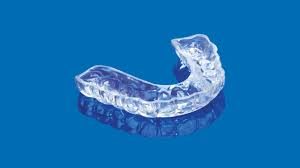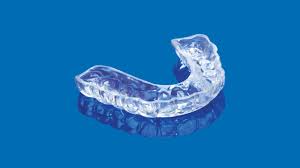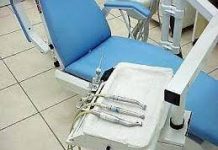Type of bites.
Orthodontics recognizes different kinds of bites, that’s the type of contact between the upper and the lower teeth. The shape of the jaws or of the dental arches are usually a genetic characteristic, and it seems that one in five people have problems of malocclusion, that happens when the teeth don’t line up correctly.
 Dental bite. Different types of occlusion are: cross bite, open bite, over bite, under bite.
Dental bite. Different types of occlusion are: cross bite, open bite, over bite, under bite.
A cross bite is when one or more of the upper teeth bite on the inside of the lower teeth; an open bite is characterized by an inadequate vertical overlap of the front teeth.
An over bite appears when there is excessive protrusion of the upper jaw, while an under bite is when the lower teeth biting in front of the upper teeth.
Along with genetic reasons, dental bites can be affected by other causes such as premature loss of teeth, an improper fit of dental restorations, gum diseases, undue pressure on the teeth and gums, injuries; sometimes children habits may cause oral health problems, as thumb sucking, tongue thrusting, prolonged use of pacifier or of a bottle.
Improper occlusions of the bite are treated by orthodontics; the treatments vary from person to person, but the most common practices are a removable retainer to hold teeth in their new position, braces to straighten or align teeth, removal of one or more teeth. In extreme cases, such as an extreme overbite or underbite, an operation may be necessary.
Dental occlusion. Problems.
Malocclusions can cause many problems to teeth and to overall health. Crowded teeth are more prone to cavities, tooth decay, and gingivitis; irregularities of the bite may lead to a faster tooth wear, increase the risk of break teeth, cause stress of jaws and muscles and facial and neck pain.
Bite dental. Time of treatment.
Nowadays orthodontics and surgery can fix any bite irregularities, while it is always suggested to take care of teeth and oral hygiene every day especially in cases of crowded teeth or flaws of jaws. Anyway especially in the most severe cases, the timing of treatment is critical to the success of the therapy, so sometimes is fundamental to intervene during youth or childhood.




